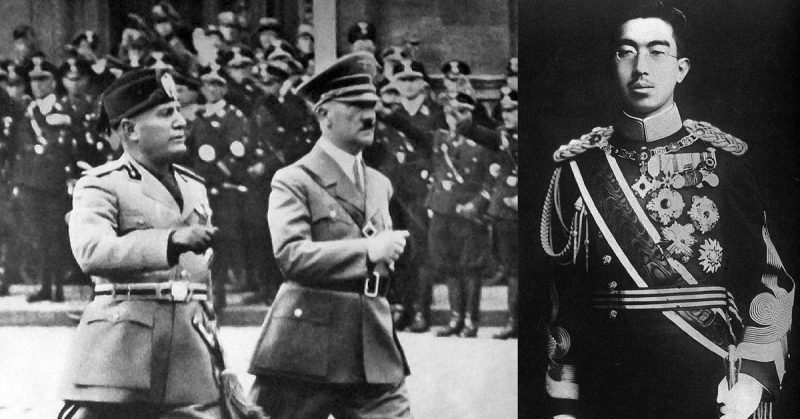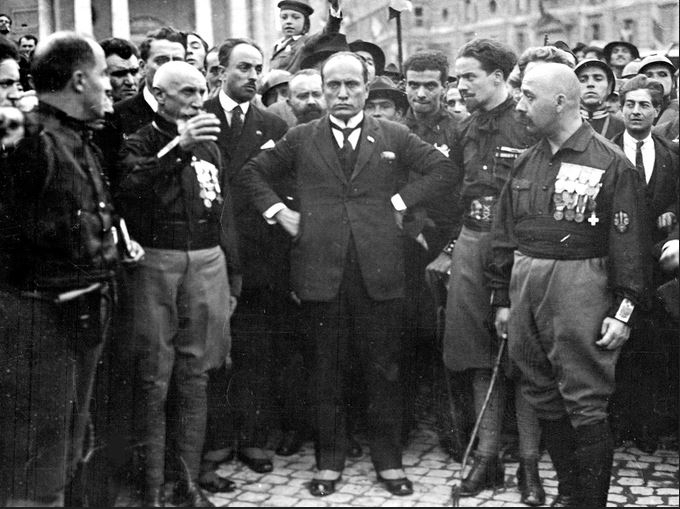Creation of the Axis Powers

New alliances were formed all over Europe during the 1930s. Italy and Germany, who both provided armed backing to the nationalist rebels opposing the democratic government, were brought together by the Spanish Civil War (1936–1939). Italy and Germany had not previously cooperated militarily, and in 1934, Italy stopped Germany from annexing Austria.
However, after the Spanish Civil War, ties between the two nations strengthened. Italy and Germany signed the Rome-Berlin Treaty in October 1936. The Anti-Comintern Pact, an anti-communist agreement, was struck between Japan and Germany the following month, in November 1936. Italy ratified this treaty in 1937.
In 1940, the three nations turned these pacts into a formal military alliance. The Axis Powers were the collective name given to the nations that made up this coalition. The formation of a rival military alliance with the Allies, when paired with Germany's assertive foreign policies, heightened the tense situation. Should any of the signatories come under assault by a country that is not currently at war, the Pact provides for mutual support. This formalization of the alliance was intended to make "neutral" America second-guess its decision to enter the conflict on the side of the Allies.
The two zones of influence were acknowledged by the Pact as well. Japan was given dominance over "Greater East Asia," while acknowledging "the leadership of Germany and Italy in the development of a new order in Europe". It is one of the main causes of World War II.






